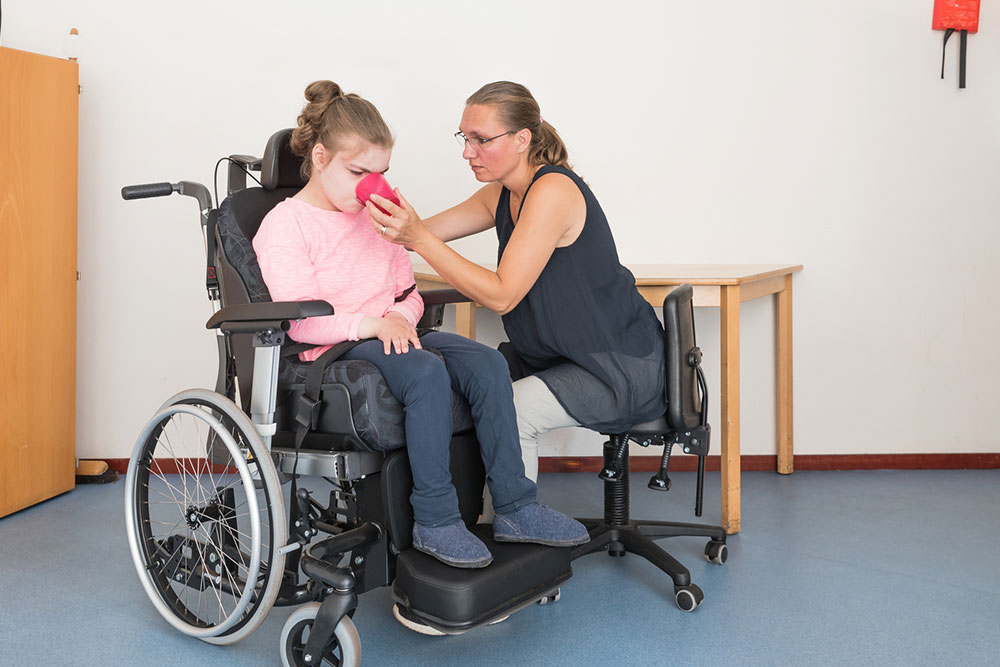10 common disabilities one should know about

Thousands of conditions are considered disability, and most of them may qualify for healthcare benefits. Many healthcare authorities provide monthly resources to those who are unable to work due to their illness. However, one should also note that some conditions are more likely to qualify than others. To help one understand better, here’s a list of 10 common disabilities, which includes the largest group of people who receive various government-funded insurance and income.
Musculoskeletal system and connective tissue
This group of disabilities contains a wide range of disorders and makes up about 30% of all people receiving healthcare benefits. The musculoskeletal system includes the parts of the body, such as ligaments, cartilage, bones, and other connective tissue. The system connects the bones and helps one maintain movements, so sitting, standing, or walking is nearly impossible without the skeletal system. The most common musculoskeletal system and connective tissue disorders include arthritis, spine disorders, scoliosis, ruptured discs, fibromyalgia, and degenerative disc disease.
Mood disorders
There are several types of mood disorders, including bipolar disorders, cyclothymic disorder, major depressive disorder, and seasonal affective disorder (SAD). Other complications may also arise, such as depression related to mental illness, persistent depressive disorders (dysthymia), and premenstrual dysphoric disorder. Mood disorders can affect a person’s mood and emotions, leading to symptoms such as extreme sadness, emptiness, and irritability. It is estimated that mood disorders account for approximately 13% of those receiving healthcare benefits.
Nervous system and sense organs
The nervous system encompasses the brain, sensory organs, nerves, and spinal cord. It also facilitates communication between all body parts and is responsible for making decisions. There are various disorders related to the nervous system, such as functional disorders (like epilepsy and neuralgia), infections (such as meningitis and polio), degenerative diseases (like multiple sclerosis and Parkinson’s disease), and structural disorders (like Bell’s palsy, brain or spinal cord injuries). Disorders related to the nervous system and sense organs account for approximately 10% of people receiving disability benefits.
Intellectual disabilities
An intellectual disability may involve learning, problem-solving, reasoning, and adaptive behavior limitations. These limitations can make it challenging for one to learn, retain, or communicate information naturally. Symptoms of this condition set in before the age of 18. As for the statistics, it makes up about 9% of those on benefits. A few types of intellectual disabilities include developmental delays, Down syndrome, fragile X syndrome, and Prader-Willi syndrome.
Circulatory system
The circulatory system (cardiovascular system) is responsible for delivering oxygen, hormones, and nutrients to the body’s cells while removing waste properties. This process is carried out by arteries, which carry blood away from the heart, and veins that transport blood back into the organ. This system is susceptible to a range of common diseases, including heart attacks, high cholesterol or high blood pressure, atherosclerosis, heart failure, arrhythmia and dysrhythmia, peripheral artery disease, and stroke. These conditions account for approximately 7% of individuals receiving disability benefits.
Schizophrenic and other psychotic disorders
This disability category makes up about 5% of people who receive healthcare-associated benefits. Disability benefits may include delusions, catatonic behavior, hallucinations, and disorganized speech. The symptoms of schizophrenic and psychotic disorders might make it difficult for one to be social, engage in regular work, and complete daily activities. There are also other mental health disorders that makeup about 4% of those on disability benefits.
Injuries
Severe physical injuries can often lead to disabilities that may permanently prevent or restrict one from working as they did before. Some examples of such injuries that may qualify include severe burns, amputation, hearing loss, loss of visual activity, vertebral fracture, and loss of speech. According to statistics, more than 3% of people become disabled following an injury. If someone experiences total disability from an injury, they could be eligible for healthcare benefits.
Organic mental disorders
Organic mental disorders (chronic organic brain syndromes) are brain complications that cause severe psychological or behavioral issues. Studies show that a little over 3% of people with such disabilities qualify for healthcare benefits. Problems associated with organic mental disorders could be temporary or lifelong. Examples of organic mental disorders include dementia, amnesia, Alzheimer’s disease, and delirium. A few symptoms include a decline in memory, learning capacity, language abilities, and comprehension. One may also experience trouble with judgment, such as the ability to think and calculate, or severe dementia.
Neoplasms
Neoplasm is an abnormal growth that forms tumors or lumps in the body. It affects about 3% of people who are on disability benefits. The cells that divide faster than usual may cause a neoplasm. These unusual growths can be benign, cancerous, or precancerous. Furthermore, if the tumor grows uncontrollably, it may spread to other body parts, affecting organs along the way and endangering one’s life. The main types of neoplasms include adenomas, lipomas, hemangiomas, and fibromas. People affected by these conditions may experience a range of symptoms, such as fatigue, anemia, diarrhea, shortness of breath, and drenching night sweats. These symptoms could make it difficult for the affected individual to maintain a normal lifestyle.
Diabetes l
While diabetes itself is not a disabling condition, its complications can severely impact one’s daily life. For instance, someone whose high body mass prevents them from walking may qualify for healthcare benefits. Moreover, those with glaucoma that make them blind may also qualify for disability benefits. Studies show that about 16% of people in the country with diabetes have some type of disability.









